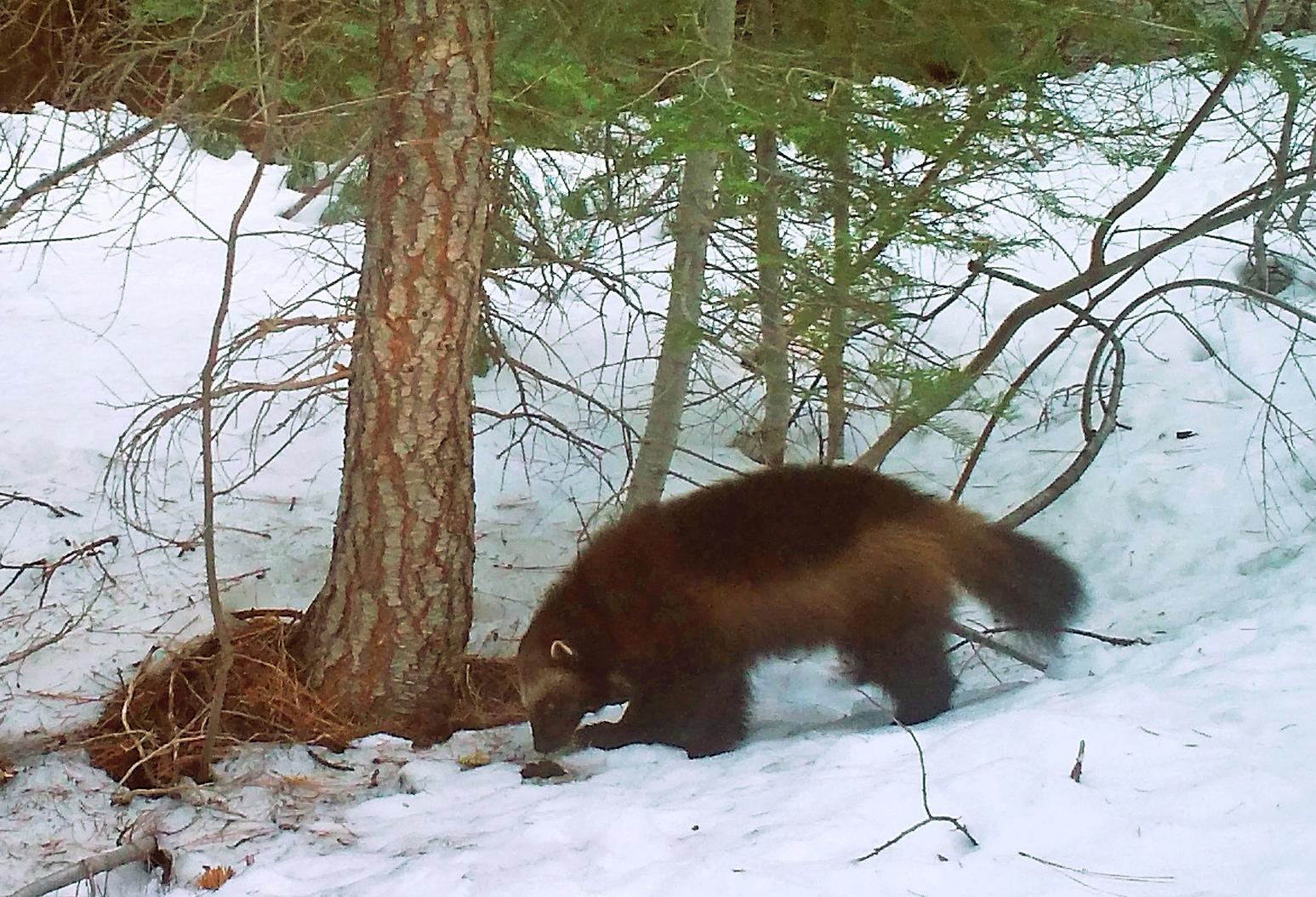
Governor Jared Polis earlier this month signed a law that clears a path for Colorado wildlife authorities to reintroduce the North American wolverine to the state.
Wolverines have been a target for reintroduction efforts for more than a decade in Colorado. They were initially considered for a program in 2010 along with Canada Lynx, but the state wildlife agency prioritized the Lynx program first.
Here’s what you need to know about North American wolverines and Colorado’s plan to bring them back:
What does the new law do?
Senate Bill 24-171 authorizes Colorado Parks and Wildlife to create a plan to reintroduce the North American wolverine into Colorado. Under the measure, the agency must create new rules and regulations for the wolverine reintroduction program and establish a system for compensating farmers and ranchers for livestock damage or losses.
Livestock losses, you say? Do wolverines attack a lot of livestock?
Experts say wolverine attacks on livestock are rare, though there have been at least two instances in which a wolverine attacked sheep in Western states. Groups representing cattle ranchers, like the Colorado Livestock Association, opposed the bill and said reintroducing the animals could have unintended consequences.
Why does the state want wolverines in Colorado?
Colorado wildlife managers have had plans to reintroduce wolverines for years but budget constraints and other hurdles kept the idea on the shelf. Colorado is part of the animal’s natural habitat, but the animal was nearly eliminated from the state by the 1930s. Since then, it’s made a bit of a comeback and experts say Colorado currently has the largest block of wolverine-ready habitat in the Lower 48.
Why have wolverines disappeared?
Aggressive predator hunting, including trapping and poisoning, decimated wolverines across the contiguous United States. Additionally, climate change and habitat fragmentation limited the natural range of the animals.
When is Colorado getting the wolverines?
The plan is contingent on a federal waiver related to the Endangered Species Act. That would allow for an experimental population. Colorado Parks and Wildlife has a plan that would introduce the animals over a three-year period.
How many wolverines are in Colorado?
Officially, there aren't any. In Colorado, the last confirmed sighting of a wolverine was in 2009, when one traveled down from the Grand Tetons. Wildlife managers have used baiting and game cameras to try and capture evidence of a wolverine in the state.
Where are the wolverines going to be released?
We don’t know yet, but federal fish and wildlife biologists say wolverines are snow-adapted and like high-alpine environments and have traditionally roamed across the forested Northern Rocky Mountains and North Cascade Mountains. Colorado’s high-elevation environments are ideal for wolverines, with roughly 20 percent of the remaining suitable habitat for wolverines in the Lower 48 existing in Colorado.
What is a wolverine?
Despite their name, the North American wolverine has little in common with wolves. They’re actually weasels — the largest terrestrial member of the weasel family — with adult animals weighing about 30 to 40 pounds. They’re kind of like cold-weather, snow-loving otters. They also have crazy healing powers.
Aren’t wolverines federally protected?
Yes. In November 2023, the animals were added to the U.S. Fish and Wildlife’s list of “threatened” species. The classification gives the animals federal protection
Now that the bill has been signed, what happens next?
Colorado Parks and Wildlife needs a special permit from the U.S. Fish and Wildlife Service called a 10J waiver before the animals can be reintroduced. The waiver allows for certain incidental harm to endangered species introduced to new areas.
- Wolverines could be the next animal to come to Colorado as Polis signs reintroduction bill
- Bill to bring wolverines to Colorado gets committee nod. Lawmakers discuss concerns over ski resorts, ranchers
- Will wolverines call Colorado home once again?
- U.S. moves to protect wolverines as climate change melts their mountain refuges, threatens extinction









